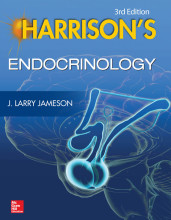Artikel Oxygen Near Infrared
13 important questions on Artikel Oxygen Near Infrared
Name some keywords of this article about oxygen
- mVO2
- near-infrared
- isometric angle
- muscle length
- metabolic cost
What is said about the relationship between Time to force failure and a single voluntary submaximal isometric contraction?
What would be an hypothesis about the delayed time to fatigue in an isometric contraction in short muscles?
- Lower metabolic cost because of cross-bridge non-optimum.
- Greater twitch potentiation at shorter muscle lengths
- Higher grades + faster learning
- Never study anything twice
- 100% sure, 100% understanding
Why did the authors investigate an 'old hypothesis' while there seems a lot of evidence debunking it?
What does NIRS measure?
What is a limitation of NIRS?
It cannot distinguish between hemoglobin and myoglobin
What were results about voluntary activation in the study on knee angle energy metabolism?
At which knee angle were MTC and MVC highest?
What can be concluded from measures with NIRS when taking into account the skinfold thickness?
Maximal deoxygenation was similiar across knee angles, what does this indicate?
What is the main finding of the article on knee angle oxygen metabolism article?
How did the authors correct for local differences in the tissue?
What are the practical implications of the finding in the study on knee angle metabolism?
The question on the page originate from the summary of the following study material:
- A unique study and practice tool
- Never study anything twice again
- Get the grades you hope for
- 100% sure, 100% understanding































